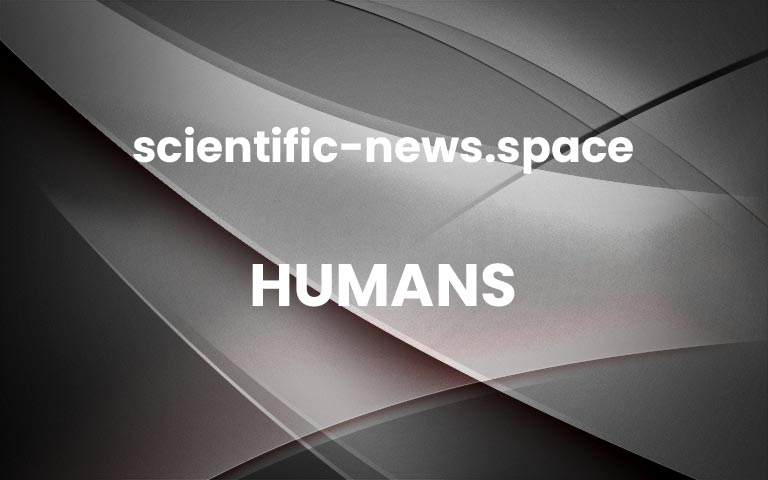Feedback is our weekly column of bizarre stories, implausible advertising claims, confusing instructions and more
Humans
15 December 2021
Josie Ford
2021, eh? While undertaking the end-of-year reordering of our extensive piling system, we are tempted to file the past 12 months under “see 2020”. But leafing through our leaves with moistened forefinger, we find much to delight ourselves from this year as we dole out the Feedbys, the coveted annual Feedback awards.
New and shiny
As billionaires competed to get to space in 2021, those of us left on the ground got a feel for the high life thanks to “zero-gravity” chairs and beds that featured in our pages this year – the former with super-atmospherically super-useful UV-resistant mesh seating, the latter with anti-snore preset positions ensuring that, even if in space someone could hear you snore, they wouldn’t.
We also discovered hydrogenated water, now the secret of Feedback’s eternally fresh’n’young-looking skin. But our award for Innovation of the Year goes to a forward-thinking, digital addition to the personal grooming space: Nimble, “the world’s first device that uses artificial intelligence to self-paint and dry nails in under 10 minutes”. Feedback has four on order with a special telescopic applicator stick, for those rushed mornings when we need to look just fabulous.Advertisement
Computer says wot?
Staying in the digital space, February brought us the story of Liam Thorp, a 32-year-old journalist based in Liverpool, UK, who received an urgent call-up for an early covid-19 vaccine. The assessment of Thorp’s BMI as 28,000 kg/m2 turned out to be based on interpreting his height of 6 foot, 2 inches as 6.2 centimetres.
But on the basis that human error might well have played a part here, Malgorithm of the Year goes to the Facebook photo-checking algorithm that found shots of a high-rise building, the England cricket team and a herd of cows overly sexual, and denounced a set of tramlines in Reims, France, for violating its ticket sales policy.
A herring’s throw
Ever-more inventive ways to explain 2 metres to people were a feature of 2020’s Feedbys. This year, we are pleased to honour authorities in the Netherlands who combined social distancing with a vaccine incentive, by offering free portions of Hollandse nieuwe pickled herrings with a jab. And that is quite enough covid – for this year.
Poles apart
And so to Brexit. In a year when blaming global supply chain issues on Brexit and Brexit-related supply chain issues on global problems became a UK national sport, we doff our hat to the maker of “bipolar magnetic dog collars”, which in April explained to reader Peter Holness that a monopolar version wasn’t available due to “Brexit-related supply issues”. End-of-year update: physicists hunting for magnetic norths sans souths at the Large Hadron Collider, a facility beneath an EU external border, are also still suffering persistent supply problems. Point proven, whatever it was.
Flame grilling
“nope. science itself isn’t ‘true’ it’s a constantly refining process used to uncover truths based in material reality and that process is still full of misteaks. neil just posts ridiculous sound bites like this for clout and he has no respect for epistemology”. This tweet from frozen steaks manufacturer The Steak-Umm Company to astrophysicist Neil deGrasse Tyson came in response to his tweet “The good thing about Science is that it’s true, whether or not you believe in it”. A dual award for Social Media Takedown and Epistemological “Truth” of the Year.
Getting the measure
This year was, by any standard, the time it took Earth to orbit once around the sun measured against the fixed stars. Or possibly just 365 days. Or the time after which a fingernail would extend 1/30th of the distance around Earth’s orbit, if nanometres were kilometres.
This was indeed the year of the bamboozling measurement unit. We had the baby boy whose length at birth was, said UK newspaper The Sun, almost 24 inches long, or “two footlong Subway sandwiches for perspective”. We had The Guardian‘s sterling efforts, including depicting Earth’s annual heat absorption as the heat output of “630bn common household hairdryers blowing all day and night, 360 days a year” and a mass of sea cucumber excrement in multiples of the Eiffel Tower.
Special mention goes to a Colorado sheriff’s office that tweeted about a road blocked by “a large boulder the size of a large boulder”. But for sheer dedication to the cause of inexplicable explication, The Wall Street Journal wins Measurement of the Year by urging us to imagine an “adult African male elephant suspended from a rope that’s the same diameter as a table tennis ball”. It was about the tensile stress of tempered glass, natch.
Keeps popping up
It is tempting to grant our last award, for Person of the Year, to Keith Weed, whom so many of you were intent on informing us is the president of the Royal Horticultural Society. We make that his third mention, so instead the award goes collectively to you, our dear readers, for all the smiles and giggles in another trying year. A happy new year to you all, and see you for possibly too much more of the same in 2022.
Got a story for Feedback?
You can send stories to Feedback by email at [email protected]. Please include your home address. This week’s and past Feedbacks can be seen on our website. More


